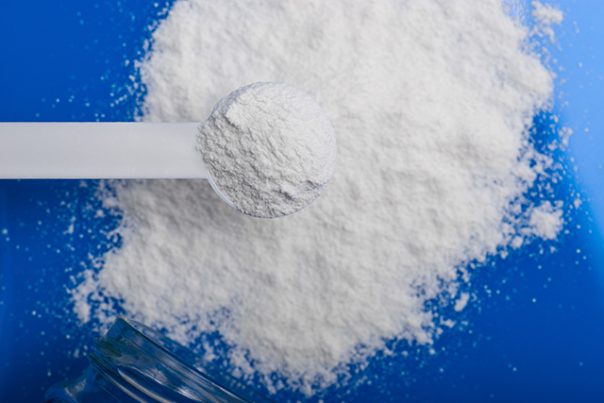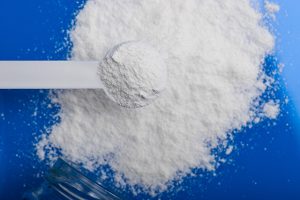
Butylated hydroxyanisole sources, health risks
Thursday, October 19, 2017 by Michelle Simmons
http://www.naturalpedia.com/butylated-hydroxyanisole-sources-health-risks.html

Butylated hydroxyanisole (BHA) is a synthetic antioxidant. It is a white or pale yellow wax-like solid with a faint pleasant odor. It used to prevent fats in foods from going old and stale. This antioxidant prevents oxygen from reacting with substances and transforming them into other materials. It is also used as a defoaming agent for yeast. This chemical was first synthesized in the late 1940s and was first used as a food additive around 1947.
This preservative is used to preserve fats and oils. It is commonly found in foods such as potato chips, lard, butter, cereal, instant mashed potatoes, preserved meat, beer, baked goods, dry beverage, dessert mixes, and chewing gums. In addition, butylated hydroxyanisole is also used in non-food products such as lipstick, eye shadow, lip gloss, mascara, body and face lotions, diaper rash ointment, deodorant soaps, moisturizers, shaving gels, creams, rubber, petroleum products, and wax food packaging.
The Food and Drug Administration (FDA) in the United States considers this compound as a generally safe food additive if the added amount is not more than 0.02 percent by weight. This compound has a chemical formula of C11H16O2.

Harmful effects that can be caused by butylated hydroxyanisole
Although regarded as safe for use by the FDA, there are several harmful effects that butylated hydroxyanisole can cause in the body. BHA is found to be a carcinogen according to evidence found from studies in laboratory animals. The laboratory rats that were given a diet with BHA had benign and malignant tumors of the forestomach. Another study on dietary administration of BHA to fish as larvae showed that BHA caused liver cancer in the adult fish.
There are also reports that BHA caused allergic reactions to some people, which include skin rashes, hives, or tightness in the chest. Moreover, some people have problems breaking down the compound properly which often results to a build-up of BHA in the body.
Large exposure of BHA can cause serious health problems. In an experiment, adults who consumed four grams or 0.14 ounce of BHA, which is way more than the amount a person would consume in foods, suffered through stomach pain, vomiting, dizziness, confusion, and temporary loss of consciousness.
Body systems harmed by butylated hydroxyanisole
There are only a few studies on the body systems affected by butylated hydroxyanisol. Most of these are caused by the contact with the chemical. BHA is hazardous for the skin. In cases of skin contact, the chemical may cause irritation in the skin and depigmentation. Moreover, it can also cause irritation in the eyes and chemical conjunctivitis when its particles come in contact with the eyes. The chemical is also harmful when inhaled, causing irritation in the lungs. It is also slightly hazardous in case of ingestion. It may cause nausea, vomiting, and diarrhea. BHA may also affect the central nervous system and cause ataxia and altered sleep time. Lastly, it may cause damage to the blood, liver, and upper respiratory tract.
Where to learn more
- Are You Being Poisoned On a Daily Basis?
- 10 dangerous additives hiding in your diet
- 16 Dangerous Foods Americans Eat That Are Banned In Other Countries
- Warning: 12 American Foods That Are Banned In Other Countries
- Pretty Poison
Summary
Butylated hydroxyanisole or BHA is a synthetic antioxidant that is commonly used as a food preservative because it protects the food from spoiling. It is also used in animal feed as preservatives and in non-food products such as cosmetic products, petroleum products, and wax food packaging.
BHA is found to cause cancer in animal studies. It is also harmful for the skin, eyes, gastrointestinal tract, and respiratory tract. It may cause skin rashes, hives, tightness in the chest, nausea, vomiting, and diarrhea.
Sources include:
Tagged Under: Tags: Butylated hydroxyanisole





